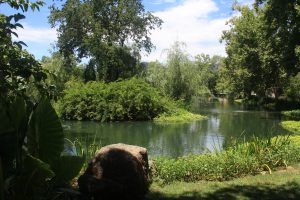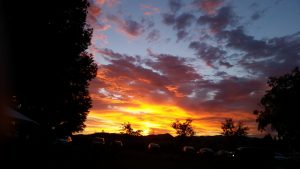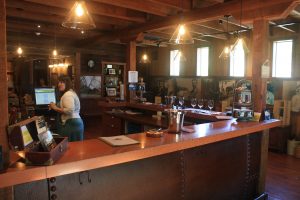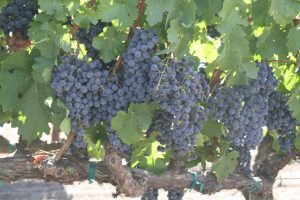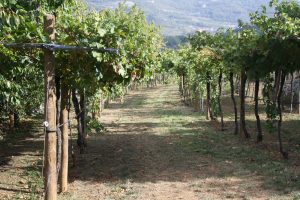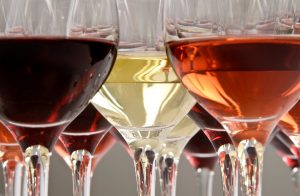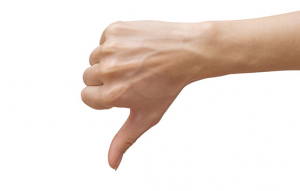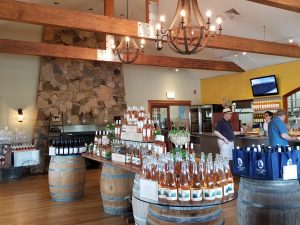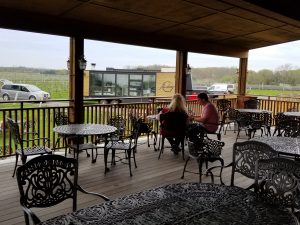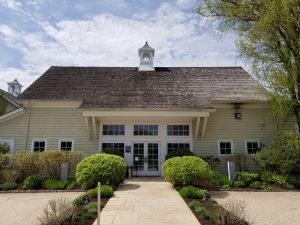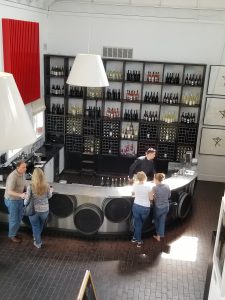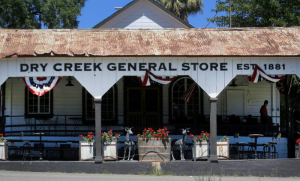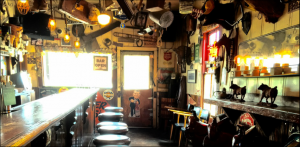This article continues our occasional series on the “best” month to visit Napa Valley and Sonoma County for wine tasting. Of course, there is no best month; they’re all great and each has its own special attraction. In past editions we’ve discussed January, February, April and October. It’s time to include a summer month.
Ah, June! The days are warm; the nights are short; the bees are buzzing and all’s well with the world. All surely is well in Napa/Noma. The vines are full of leaves and the aforementioned bees have done their job of pollinating the plants, so fruit is beginning to appear. What will be formidable grapes in a few months are only be tiny green berries, but the hope of great wine has been lit.
An afternoon in June at Château Montelena.
The weather will often follow its usual California pattern. Mornings will be grey and dank, sometimes downright cold. Then sometime around 10:30, as if on cue, the clouds will part and disappear leaving blue skies and bright sunshine. You’ll like it and so will the grapes. By midday it will start to get hot and by the middle of the afternoon there will be no doubt about it. Fortunately, when the sun goes down, the evenings will be pleasantly warm and you may want a sweater on occasion.
June 15, 9:00 p.m., Etude Winery in Carneros.
Many of the wineries have special events for their Club members in June. If you are a member of one or more, these make visiting in June even more alluring. If you aren’t a member, you might be able to participate in a barrel tasting or the opening of special bottles just because you’re there and it wouldn’t be polite to exclude you. But you may also find visiting hours curtailed for an event, so it’s best to call ahead if you plan to visit near the end of the day.
Tasting rooms can become quite crowded in June, especially on the weekends. You will see more tour buses, stretch limos and bachelorette parties at wineries. The locals have been enjoying good weather since March, even if the vineyards haven’t been at their best. Visitors from northern climes are drawn to Napa/Noma this month for the combination of scenery, temperature and fairly new releases of their favorite wineries. Try to come on weekdays and if that’s not possible, prepare to be patient and maybe schedule some appointment tastings. With an appointment, you will make sure you will be served the wines you are looking for. They may even set a table for you to avoid the weekend crowd.
Hotel reservations may be a bit harder to get in June and prices are certainly going to be higher than in cooler months. On the other hand, this is generally the first time in the year when you can come back from wine tasting and take a dip in the pool. [We particularly enjoyed doing that at the Wine Country Hilton which was, sadly, a victim of the 2017 fires.] The sun doesn’t go down until 8:30, so you have lots of time for a dip and maybe a sunlit aperitif too.
Many restaurants and groceries feature seasonal local produce. You’ll find some of the best strawberries, peaches and plums you’ve ever tasted. Santa Rosa’s Night Market is a great place to sample them. Again, it is always a good idea to make a reservation at the restaurant where you’d like to eat.
What is so rare as a day in June…in Napa/Noma Wine Country?
